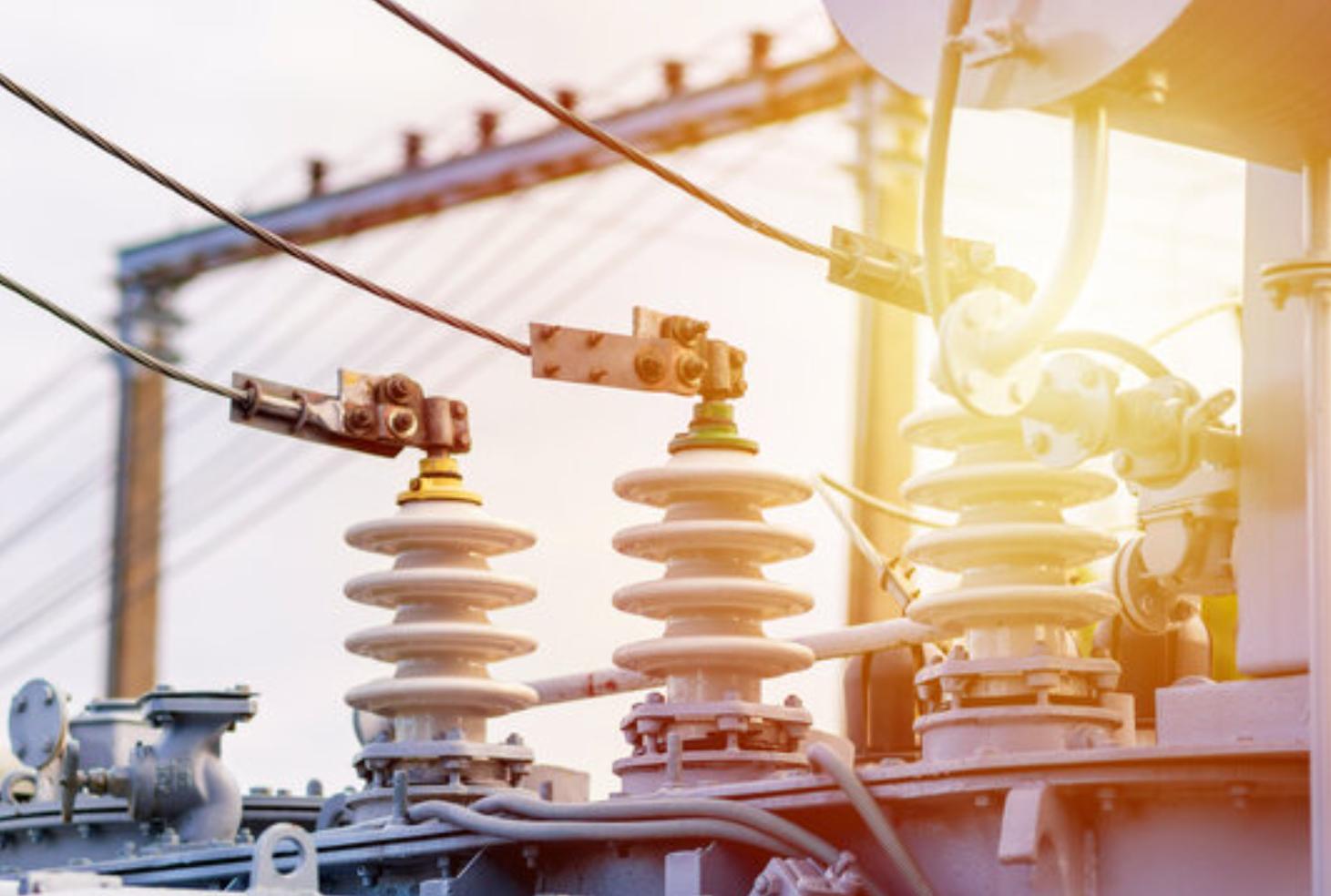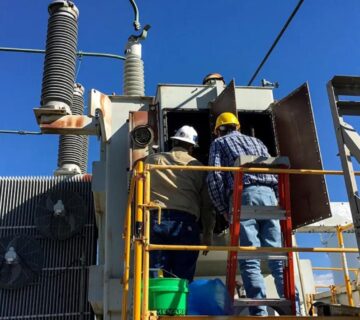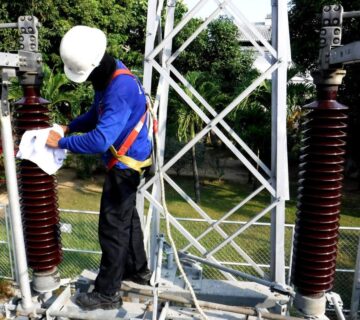High voltage transformers are the unsung giants of power transmission. They handle immense electrical loads and make it possible to transport electricity over long distances with minimal loss. These machines are key to supporting cities, industries, and national power grids around the world.
1. What Makes a Transformer ‘High Voltage’?
High voltage transformers are built to manage thousands to hundreds of thousands of volts. Unlike standard transformers found in homes or small businesses, these are engineered for industrial-scale use. Their design must account for insulation, cooling, and durability under extreme electrical stress.
2. Purpose in Power Transmission
To move electricity efficiently across vast distances, voltage must be increased to reduce energy loss. High voltage transformers step up the voltage at power stations, allowing it to travel long distances through transmission lines. When it reaches populated areas, other transformers step the voltage down for safe usage.
3. Where High Voltage Transformers Are Used
These transformers are found in substations, power plants, and major industrial facilities. They’re crucial in supporting national power grids, especially in countries with widespread rural and urban areas. In renewable energy fields like wind or hydro, they help connect clean energy to the main grid.
4. Engineering and Safety Challenges
Designing high voltage transformers involves complex engineering. Insulating materials must withstand extreme voltages, and cooling systems often using oil or special gases keep the units from overheating. Safety protocols are strict, as a fault in such a transformer could cause major blackouts.
5. Innovations and Future Use
With growing energy demands and the shift toward sustainable power, high voltage transformers are evolving. New models are becoming more compact, efficient, and environmentally friendly. Smart monitoring systems are also being introduced to detect issues early and reduce downtime.
Conclusion
High voltage transformers are critical to our energy infrastructure, quietly enabling power to travel safely and efficiently across continents. Their ability to handle intense loads and extreme conditions makes them a cornerstone of modern electricity systems. As energy needs grow, so does their importance.








No comment